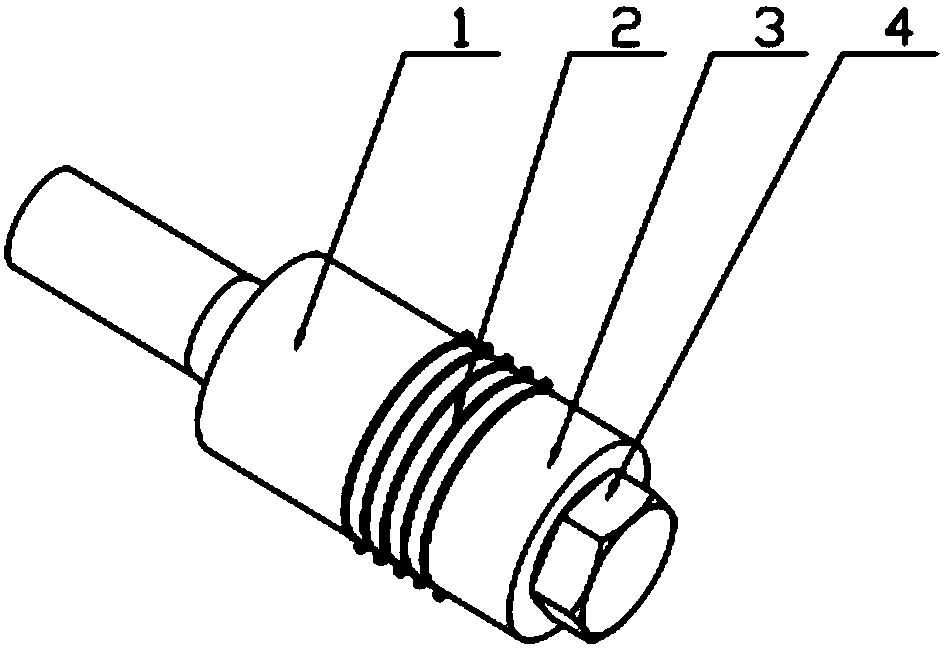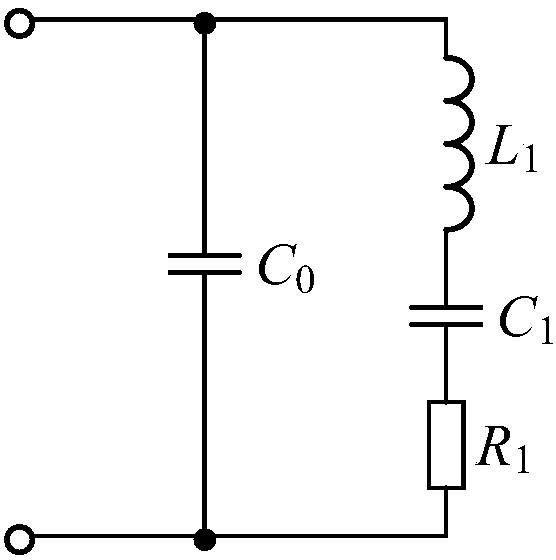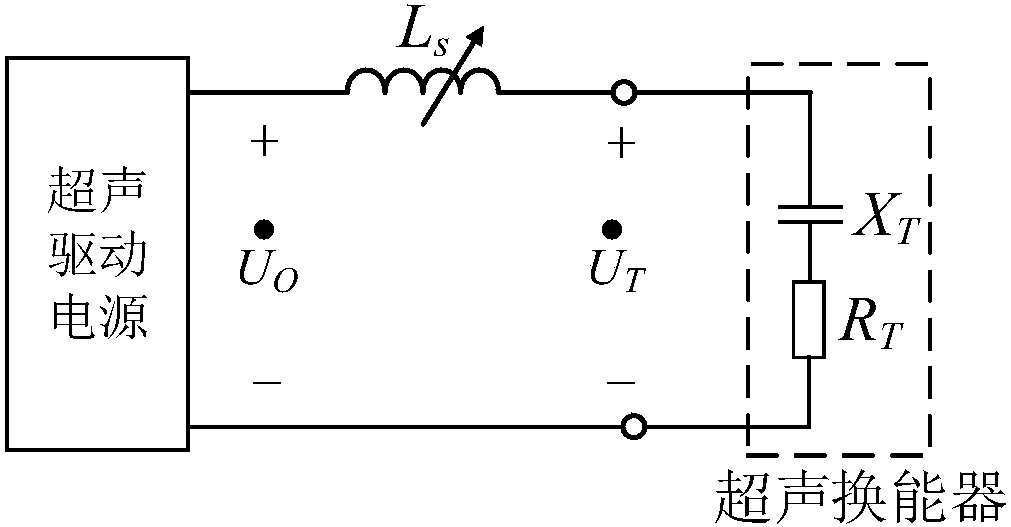Ultrasonic transducer excitation frequency selection method
A technology of ultrasonic transducer and excitation frequency, applied in electrical components, piezoelectric effect/electrostrictive or magnetostrictive motors, generators/motors, etc., can solve problems such as vibration instability and achieve vibration stability , the effect of large amplitude
- Summary
- Abstract
- Description
- Claims
- Application Information
AI Technical Summary
Problems solved by technology
Method used
Image
Examples
Embodiment 1
[0055] An embodiment of the present invention provides a method for selecting the excitation frequency of an ultrasonic transducer, such as Figure 4a As shown, the method includes the following steps:
[0056] 101. For an ultrasonic transducer to be processed, determine a sweep frequency range of the ultrasonic transducer according to parameters of the ultrasonic transducer.
[0057] For example, the mechanical resonant frequency of the ultrasonic transducer is obtained according to the admittance parameter of the ultrasonic transducer; and the sweep frequency range of the ultrasonic transducer is determined according to the mechanical resonant frequency and a preset frequency threshold.
[0058] 102. Acquire the resistance and reactance values of the ultrasonic transducer at each frequency node according to each frequency node in the frequency sweep range.
[0059] 103. According to the resistance and reactance values of each frequency node in the frequency sweep range,...
Embodiment 2
[0068] This embodiment can be realized through the following steps:
[0069] Step 1: Use an impedance analyzer to scan the impedance characteristics near the mechanical resonance frequency of the ultrasonic transducer to obtain the corresponding resistance R and reactance X values at various frequencies near the mechanical resonance frequency;
[0070] Step 2: Input the value of resistance R and reactance X at each point into the controller program, and the controller program analyzes the point where the minimum reactance X is located, and calculates the ratio of reactance X to resistance R at this frequency; stores the frequency and The absolute value K of the ratio of reactance to resistance at this point min ;Calculate and store the ratio of reactance X to resistance R at each frequency;
[0071] Step 3: Set the maximum absolute value K of the ratio of reactance X to resistance R max , the controller program screens out that the absolute value of the ratio of reactance ...
experiment example
[0112] Using an impedance analyzer to scan an ultrasonic transducer with a mechanical resonance frequency of 26712Hz in the frequency range of 24KHz-30KHz, the number of sweep points is 1600 points, and the resistance R and reactance X of the transducer in this frequency band are measured; the computer The program draws an impedance circle from the measured values of resistance R and reactance X, such as Figure 7 shown. according to Figure 7 It can be seen that the farther to the left, the more stable the impedance characteristic of the transducer, the stronger the ability of the transducer to resist variable load during vibration, and the more stable the vibration. The controller program analyzes the point where the minimum reactance X is located, and calculates the absolute value K of the ratio of reactance X to resistance at this frequency min ;Calculate and store the ratio of reactance X to resistance R at each frequency, the point at which the ratio of reactance to ...
PUM
 Login to View More
Login to View More Abstract
Description
Claims
Application Information
 Login to View More
Login to View More - R&D
- Intellectual Property
- Life Sciences
- Materials
- Tech Scout
- Unparalleled Data Quality
- Higher Quality Content
- 60% Fewer Hallucinations
Browse by: Latest US Patents, China's latest patents, Technical Efficacy Thesaurus, Application Domain, Technology Topic, Popular Technical Reports.
© 2025 PatSnap. All rights reserved.Legal|Privacy policy|Modern Slavery Act Transparency Statement|Sitemap|About US| Contact US: help@patsnap.com



